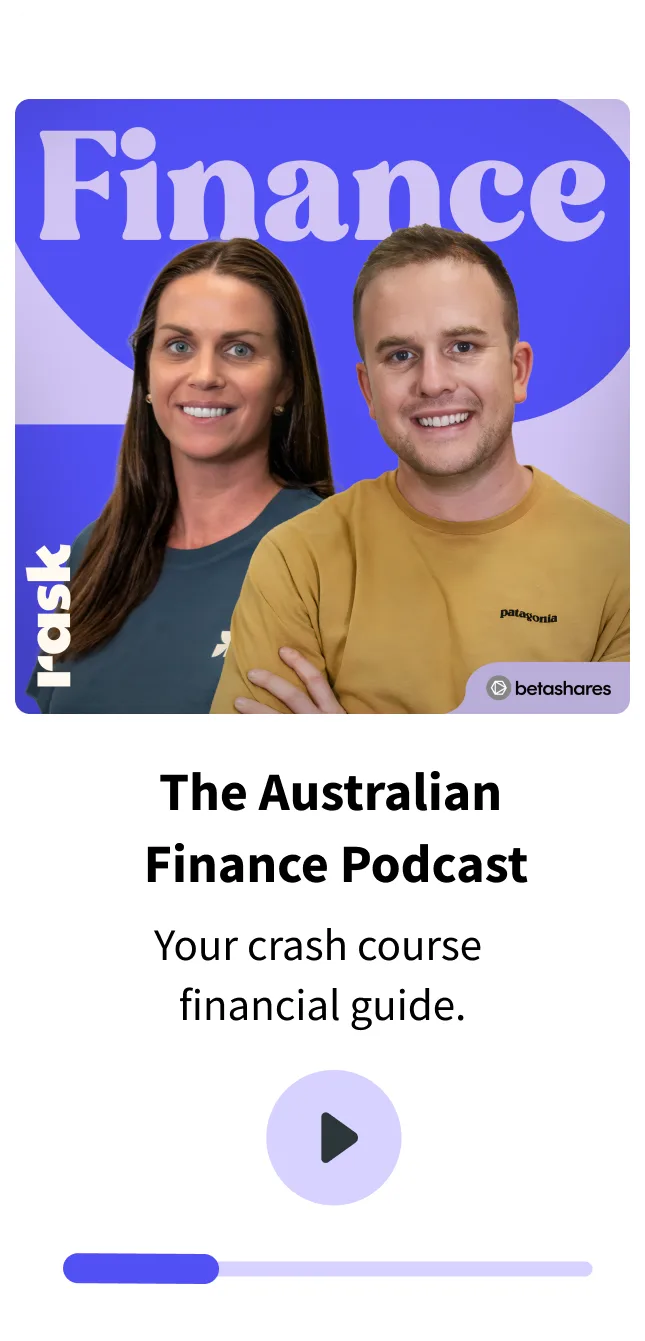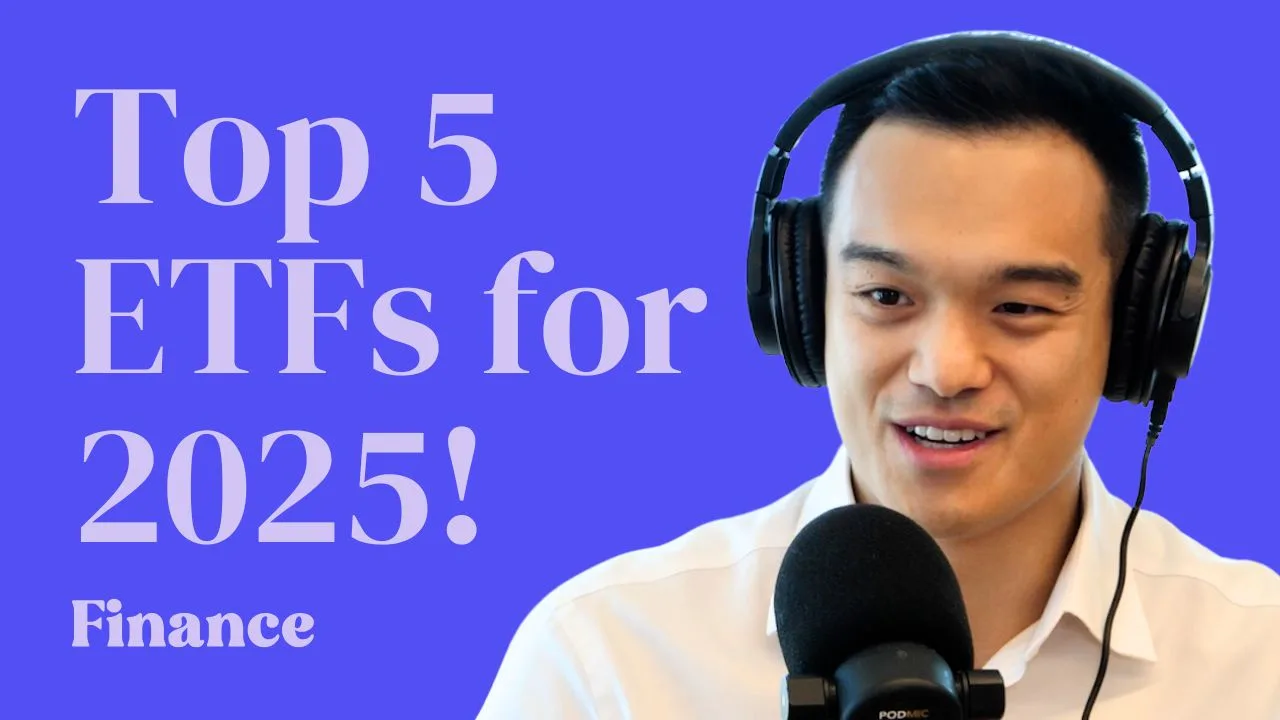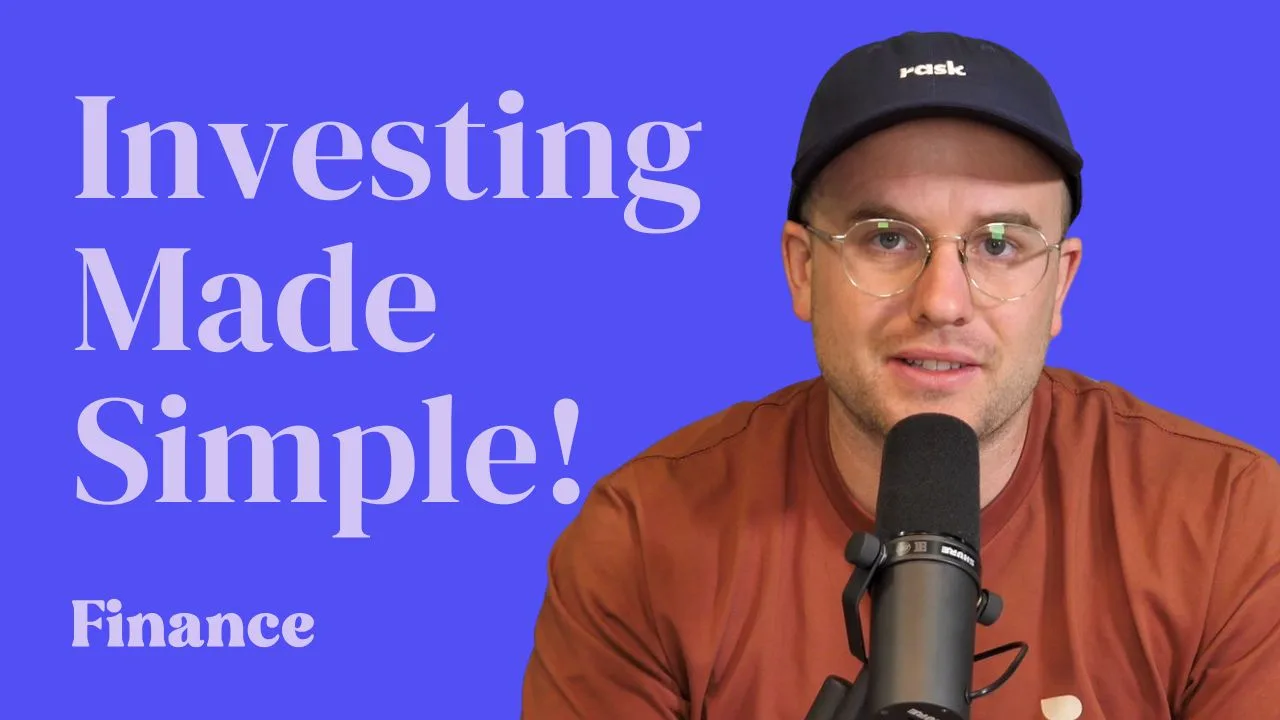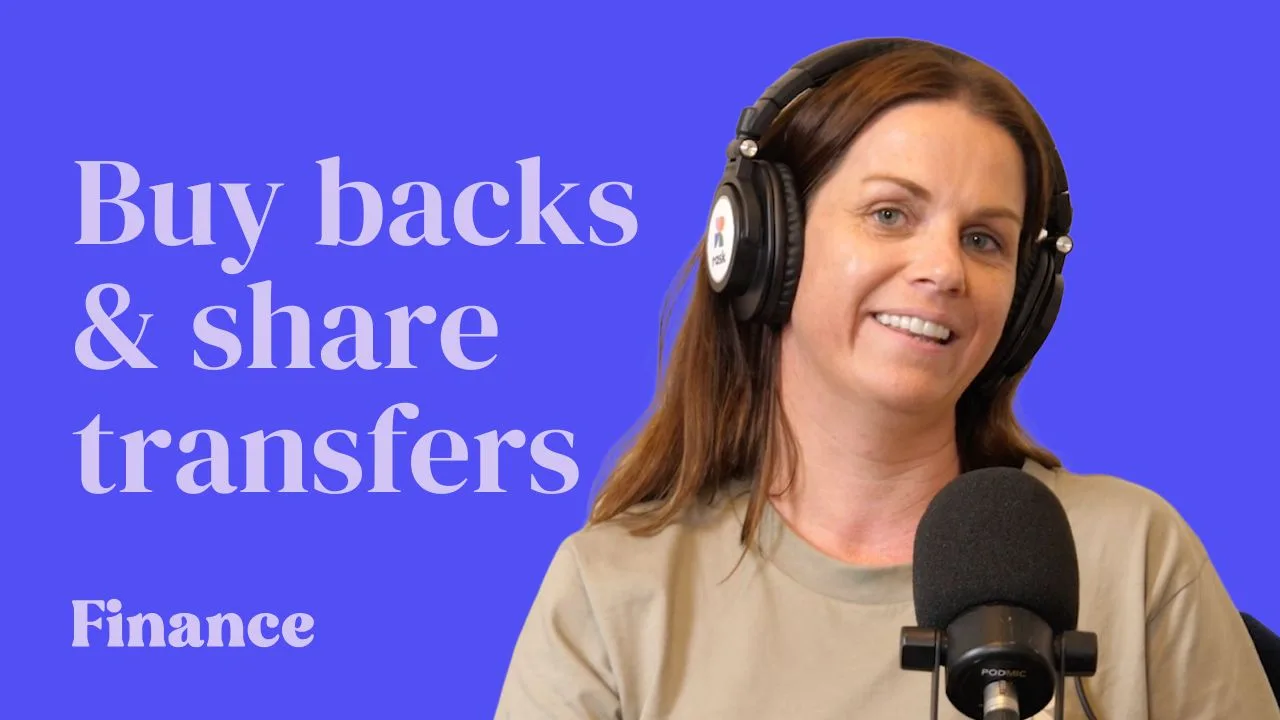Getting income from ASX shares or ETFs is pretty much second to none. The consistency of income, the laws that incentivise boards to pay income to ASX shareholders, and the franking credits make the Australian share market unlike any other.
Owen Rask discusses why companies pay dividends, shares his tips on finding high-quality dividend shares, and talks about five he’s got on his watchlist at the moment.
Companies we discuss
- Cochlear Ltd (ASX: COH)
- ResMed Inc (ASX: RMD)
- BWP Trust (ASX: BWP) or Wesfarmers (ASX: WES)
- Washington H. Soul Pattinson & Co. Ltd (ASX: SOL)
- Vanguard High Yield Shares ETF (ASX: VHY)
Why we’re talking about dividends?
According to Credit Suisse’s 2023 Global Investment Returns Yearbook, the Australian share market is the #1 stock market over 123 years (between 1900 and today).
(In case you’re wondering, South Africa and the USA also do really well!)
This simple fact is important to understand because it illustrates a key point for me – dividend investors cannot simply ‘pick the stock with the biggest dividend yield’ because growth is essential to create the best long-term returns.
It’s often said that if we assumed an average yearly return of 10% over, say, 20 years, approximately 4% of that return comes from income. The other 6% is growth.
While a 4% fully franked dividend becomes over 5.5% once adjusted for the tax credits, the general gist of income investing is that just half will come from income over time. So don’t ignore the long-term sales and profit growth!
What key attributes make a good dividend stock?
When it comes to investing for income, such as when we build a portfolio for Rask Invest, we use exchange-traded funds (ETFs) for the core building blocks (they’re easier, simpler, more diversified, lower cost, transparent, and, yes, you still get franking credits from ETFs).
However, if we zoom into the types of individual companies/shares I would buy for my family’s portfolio, the companies must have these features:
Competitive advantage
There are many different types of durable competitive advantages. Some better than hours. But an example will help. McDonalds (NYSE: MCD) has the best burgers on planet earth*. But flavours can be copied. Buns can be replicated. Sauces can be fine-tuned. What everyone has struggled to do, and the reason why McDonalds is #1, that it combines those unique favours with unbelievable scale, against the systems and culture to keep the burgers and delivery the same everywhere in the world. That enables it to grow faster and maintain its margins. Being able to increase prices and retain customers is the sign of a competitive advantage.
Growth
This year’s dividends are last year’s profits. Increases in the dividend next year will come from growth this year. Under the Corporations Act 2001, dividends are not a legal requirement. But there are, however, three rules that must be met in order for a board of directors to declare a dividend. So not only are profits the fuel for dividends, they’re almost required because the first rule for dividends is that the company’s assets must exceed its liabilities.
Seems obvious, but if a company keeps paying higher dividends but its profits stall (e.g. it uses a bank loan to pay its dividends) eventually it will run out of assets. CSL Ltd (ASX: CSL) is an example of an Australian company that has gorged itself on bank loans to pay dividends in the past 10 years. This strategy is what I’d call “creative accounting”, and is okay for a good time, but not a long time.
Companies like ARB Corp (ASX: ARB), the 4×4 accessories business, have shown how picking a company with a smaller upfront dividend yield (e.g. 2.5%) before its growth takes over can turn into a wonderful dividend stock. Even a sometimes polarising company like Xero Ltd (ASX: XRO), an “unprofitable technology company”, could soon have a wonderful dividend future, once it makes sense for the board to pay dividends rather than reinvest for growth.
Also keep in mind that a dividend must grow in order to help you beat inflation – for example, if you have a 4% dividend (but it isn’t growing) and inflation is 5% per year, it means in 5 years from now you have gone backwards at the supermarket checkout. I think this is about to happen to the banks.
Good management
Australian share market history is filled with horrible management teams who are short-term focused (for big bonuses) or simply egotistical enough to step outside of their company’s core competency for growth and notoriety. Nowadays, having been invested in companies (public and private), or worked directly with business owners, for long enough, I’d be very hesitant to invest in any company that is not: run by the founder, run by the family, run by a CEO or Chairman with less than 10% shareholding.
There are 2,000+ shares on the ASX: few of them have durable competitive advantages, few are primed for sustainable growth, and fewer again have great management teams. It has never surprised me that companies like WiseTech Global (ASX: WTC), Pro Medicus (ASX: PME), Dicker Data (ASX: DDR), ARB Corp, Reece Ltd (ASX: REH), Altium (recently taken over), Washington H. Soul Pattinson & Co. Ltd (ASX: SOL), etc., do so well. And have a bias to paying themselves good dividends!
Choose your sector wisely
In our (now free!) Value Investor Program and in particular the topic, “Finding Moats in the Stock Market”, I analyse a chart from Morningstar showing which sectors have the most competitively advantaged companies, as a proportion of all companies in that sector. Unsurprisingly, industries like resources (BHP, Rio Tinto, FMG, etc.), utilities (e.g. AGL, Origin) and Real Estate (e.g. Goodman Group) have very few really strong companies.
Why?
These industries are super tough to crack, and require scale to be profitable. It’s much like the big banks. Try as we might to introduce competition, virtually none of the overseas banks have been able to challenge our big five banks. ING Group (NYSE: ING) has come the closest and it’s only been able to do that that great technology and having no branches.
What this all means is, in practice, if you’re a dividend-hungry investor you should stick to the ‘good sectors’ (those with structural tailwinds at their back, like healthcare) and be wary of the competitive forces in each industry before committing yourself to it. Companies like Cochlear Ltd (ASX: COH), ResMed (ASX: RMD), Pro Medicus, etc. have been wonderfully supported by more focus on healthcare.




